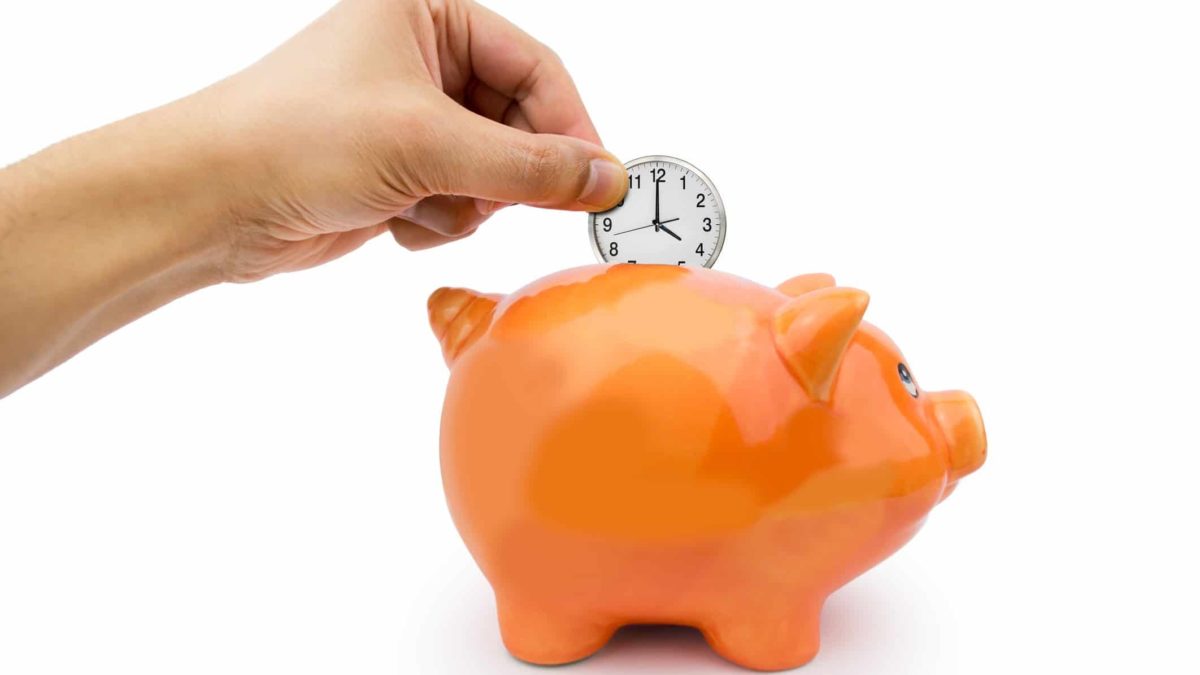A common phrase one might hear in the course of their investing journey is the old maxim 'time in the market beats timing the market'. Whilst this proverb appears simple in nature, it is actually quite a multi-layered concept. Still waters run deep and all that.
So what does this quote actually mean? Well, on the surface, it tells us that investing capital consistently and steadily into the share market is a better strategy than trying to jump in and out of the market when you see a 'low' or a 'high'. In this way, this quote sort of goes against that other famous investing dictum 'buy low, sell high'.
But why is this the case? Surely, it's better to 'buy the dips' than just focusing on maximising the 'time in the market'…
Well, theoretically yes it is. Waiting until a quality share hits a low pricing point is a great way to make money. But theory and practice are extremely divergent when it comes to investing. See, we investors just aren't very good at the whole 'timing' thing. It's psychologically abhorrent to us as humans to sink large amounts of capital into shares when the market is selling off. Doubts start to creep in, like 'what if it drops again tomorrow?' or 'I'll just wait a little longer'. No one truly knows when the market tops out or bottoms out until after it has happened. As such, any decision to try and 'find the bottom' is actually a gamble, a bet on when you think the markets will give you the best deal. If you get this deal wrong, the consequence is usually a permanent loss of capital.
Time vs Timing
So why is time in the market so much better? Well, firstly, it's because it takes this 'guess the bottom' element out of the equation. By focusing on the long term, it's far easier to ignore the cut and thrust of the markets from day to day. Sure, it's still scary watching the value of your share portfolio fall from time to time (as we saw back in March). But today, the S&P/ASX 200 Index (ASX: XJO) and ASX shares have recovered substantially from where they were on 23 March. All you had to do to benefit from this was… give it time.
But time in the market is really about harnessing the power of compound interest. Compounding is the best thing about investing in ASX shares, and it's usually what makes investors like Warren Buffett rich. Why do you think Buffett, at age 90, is as rich as he has ever been? Time in the market of course. If you are able to achieve a consistently high annual rate of return over decades and decades, building wealth is almost inevitable. And Buffett has never tried to time a market in his life. But pushing and pulling your money in and out of the market kneecaps the compounding process. And all it takes is one massive mistime to end up back at square one.
Foolish takeaway
Long story short, I believe time in the market beats timing the market, every time. And it's easier too. What's not to like?









